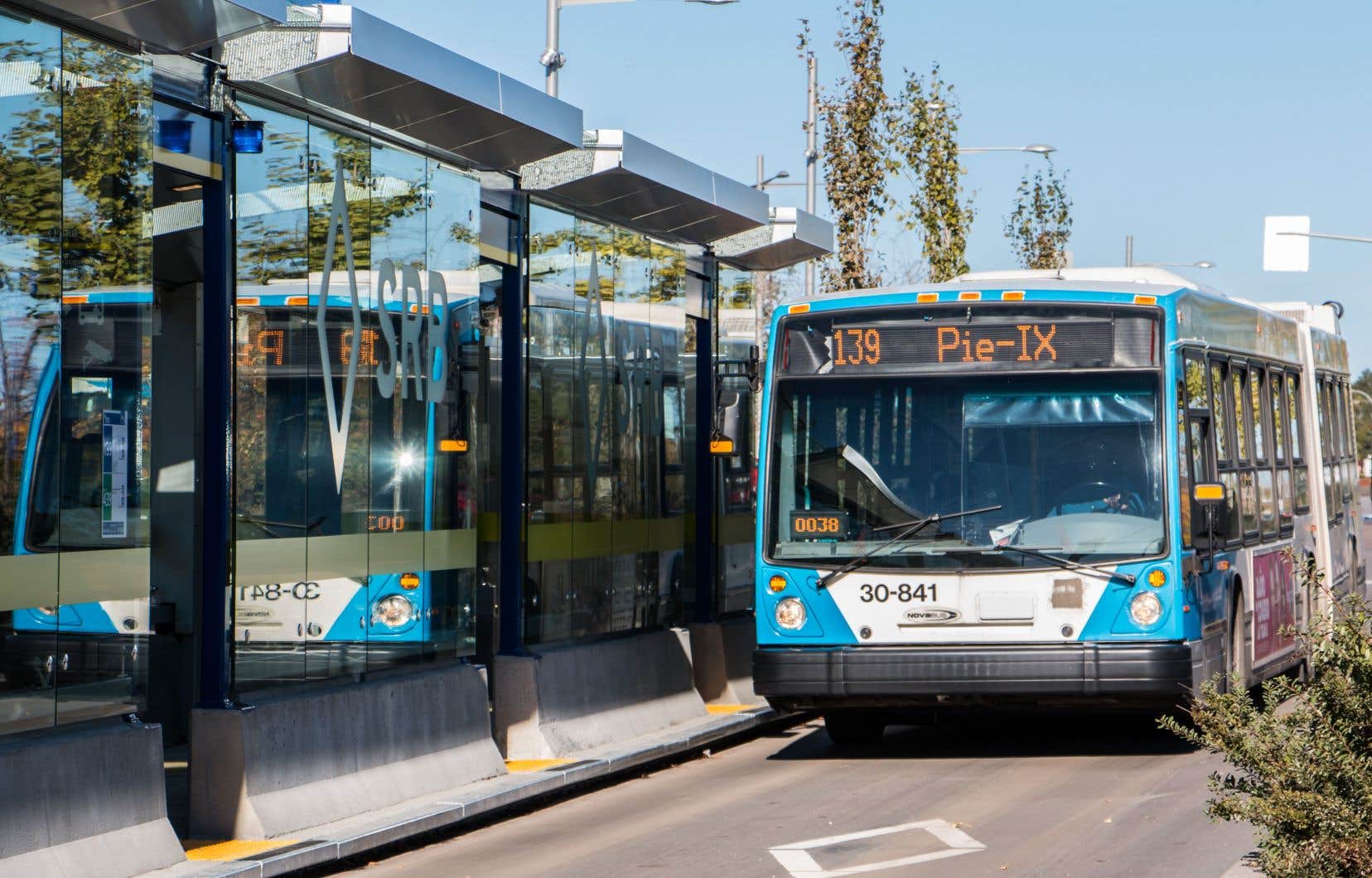The Société de transport de Montréal (STM) will continue the deployment of its network of reserved lanes in 2024 to ensure that, by 2030, 40% of bus trips benefit from these priority corridors.
Currently, the island of Montreal has 350 kilometers of reserved lanes and rapid bus services (SRB).
For 2024, the STM plans to add new sections by installing reserved lanes on Avenue Papineau, in the Cartierville and Villeray sectors, on Rue Notre-Dame Ouest, in Lachine, Montréal-Ouest and Le Sud-Ouest, and on Ray-Lawson Boulevard, in the Anjou district. Two existing sections of reserved lanes will be extended, on Saint-Laurent Boulevard, in Ahuntsic-Cartierville, and on Jarry Street, in Villeray.
During a press meeting on Wednesday, Michel Tremblay, director of network planning and management at the STM, argued that the reserved lanes, whose implementation began in the 1990s, have made their evidence. While they impose constraints on motorists, such as removing traffic lanes and restricting streetside parking during peak hours, they allow bus users to benefit from time savings in their travels and ensure better punctuality of buses. bus. “It depends on each situation, but it varies between 5 and 15% in terms of time savings,” indicated Mr. Tremblay.
For example, the reserved lane installed in 2022 on Queen-Mary Road during rush hours resulted in a reduction in travel times of 18% in the afternoon in the westbound direction with an increase in speed of 17%. illustrated Mr. Tremblay.
The STM also relies on fixed priority lights (known as candle lights) which give departure priority to buses, as well as real-time lights (TSP) which modify the traffic lights as they approach. ‘a bus. These lights can notably extend the green light when a bus arrives. Montreal has 1,300 of these priority fires on its territory. Their time savings rates are similar to those of dedicated lanes, but in some cases the time savings increase by up to 20%.
Currently, 34% of trips benefit from reserved lanes and nearly 40% of trips benefit from priority lights. But the STM aims to achieve a 40% share of trips benefiting from reserved lanes in 2030 and a rate of 50% for priority traffic lights.
While waiting for the vast tramway network that the Plante administration dreams of to materialize, the STM will continue to deploy reserved lanes, infrastructures that it finances in full, unlike heavy transport projects. “The benefits are notable, fundamental. That’s why we continue to do it,” explained Éric Alan Caldwell, president of the STM board of directors. “Ensuring that the bus takes up a place in our city is a key element of our Urban Plan [et de mobilité] of the City of Montreal. »
Public transit is having difficulty recovering from the COVID-19 pandemic which caused its ridership to drop. In 2023, however, the STM recorded 288 million trips on its network, which corresponds to a 21% increase in ridership compared to 2022.
